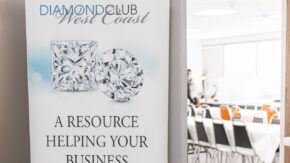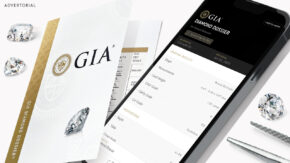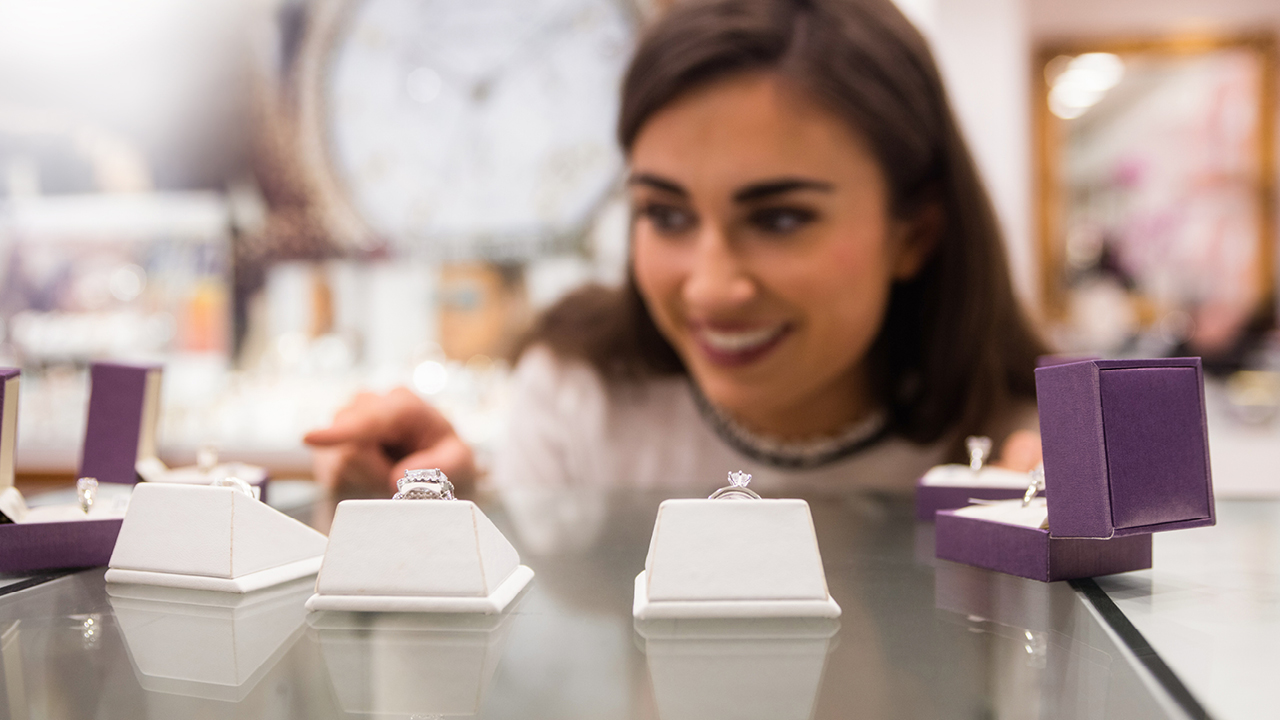“It’s a very weird market right now,” quipped Erich Jacobs, president and CEO of the Jewelers Board of Trade (JBT), when asked to explain current economic conditions and spending behaviors affecting the jewelry industry. “A lot of the metrics which we looked at in past years just seem less reliable than they used to be.”
People point to certain indicators that there’s going to be a recession in the next quarter, “but the next quarter rolls around, and there’s no huge drop-off in retail sales,” Jacobs said in a recent webinar hosted by JA New York. “It’s a very strange place to be.”
For example, as consumer sentiment declined in the second half of 2021 and the start of 2022, according to the University of Michigan’s index, jewelry retail sales boomed. And now, with sales growth stagnating, the index appears to be on the rise. The confidence measure, which in the past has been a good indicator of retail trends, has now been skewed by factors such as political-party affiliation, and it gets more volatile the more polarized the country becomes, Jacobs suggested.
More telling, he emphasized, are the business-conditions surveys that JBT conducts, which have shown that across the board, jewelers feel 2022 was better than the previous year.
Start of a correction
That may surprise some, given that 2021 was a banner year for the industry. For example, diamond-jewelry sales, which represent one segment of the jewelry market, grew 27% to $87 billion in 2021, according to the latest De Beers Diamond Insight Report. The momentum carried into the first half of 2022, which lifted the full-year performance, notes Harold Dupuy, vice president for strategic analysis at Louisiana-based wholesale jeweler Stuller.
In 2023, jewelry sales were down 5% year on year during the first four months, according to The Edge Retail Academy. Government numbers point to a similar 3% decline for January and February, Dupuy reports.
ReLated Reading
A slower pace of growth started in the third quarter of last year before it shifted to a decline, Dupuy notes. Jewelry sales fell 5.4% year on year in the November-to-December holiday season, according to Mastercard SpendingPulse.
“I think it’s the beginning of a correction,” Dupuy says, pointing to the ups and downs that the pandemic brought. “Consider that between 2019 and 2021 the market grew some 45%. That’s an incredible jump.”
Even if the market contracts by 10% this year, it will still have recorded 12% annual growth over the past three years, which is pretty strong, he adds.
The Covid-19 effect
The industry continues to feel the effects of the pandemic. Fewer couples have been getting engaged in the past two years due to a lag in dating during the pandemic, Signet Jewelers stated in a recent investor presentation. As dating has normalized post-pandemic, the company expects a strong recovery in the bridal market in 2024 to 2026.
Signet’s bridal sales fell by double-digit percentages in 2022, and it projects the same this year — even though 2022 was a record year for weddings, according to The Knot’s Real Weddings Survey. Some 2.6 million couples walked down the aisle during the year, a boom that came after many delayed marriage during the 2020-to-2021 lockdown period. Couples had planned to get married earlier but couldn’t, and had likely already bought the engagement ring.
A similar realignment is in play for the broader market, Bonaparte believes. The industry is still finding its sweet spot after 2020 saw sharp Covid-19-related declines, and the following two years brought substantial increases, reflecting pent-up demand released during the recovery.
Some jewelers right now are feeling the pinch [of recent bank failures]. It’s a lot harder to get that line of credit or working-capital loan.
Economic headwinds
The growth in 2021 and the first half of 2022 was largely driven by government stimulus and households’ higher savings during Covid-19. These boosted retail spending once all the lockdowns ended.
But the rush back to retail, along with supply-chain issues, drove up prices, which contributed to the economic slowdown in the past year. The US Consumer Price Index (CPI), the measure of inflation, peaked at 9.1% in June 2022, and has eased to 5% in May of this year — still well above the Federal Reserve’s 2% target. The Fed raised interest rates by 0.25 percentage points in May, its 10th rate hike within the past year, as part of its effort to curb inflation, while still expressing caution about the economy.
“Economic activity expanded at a modest pace in the first quarter,” the Fed said in its May 3 rate announcement. “Tighter credit conditions for households and businesses are likely to weigh on economic activity, hiring, and inflation.”
While inflation is starting to decline, most economic measures are negative, Dupuy observes, adding that personal savings are down and personal debt is up.
Recent bank failures, such as that of Silicon Valley Bank, have also contributed to the caution, Jacobs added during the JA-JBT webinar. “Some jewelers right now are feeling the pinch,” he said. “It’s a lot harder to get that line of credit or working-capital loan, because the underwriting standards have tightened up quite a bit.”
He predicted that “the biggest economic headwind we’re going to see is the tightening of credit by the banks, leading to basically a tightening of consumer spending overall.”
Positive sentiment
In general, the slowdown is more related to macroeconomic factors than to industry-specific ones. There is less concern about the competition the industry faces from the return of travel, experiential spending, and other luxury items, according to Steven Lerche, chief operating officer of jewelry wholesaler Goldstar.
The global jewelry market is currently valued at about $250 billion and is expected to double within the next decade, Lerche reported in a recent webinar by The Plumb Club, which discussed a survey the group had conducted on jewelry consumer trends and behavior.
The US accounts for about $55 billion, or 22% of the total, with strong demand for gold driving sales recently, added Jordan Peck, director of operations at New York-based jewelry brand Brevani. Both he and Lerche are cochairs of The Plumb Club’s market-research committee.
These numbers represent a notable improvement from pre-pandemic levels, and overall sentiment in the jewelry retail sector is positive — particularly among the top-tier independents. Most people are upbeat, says Dave Bonaparte, president of Jewelers of America (JA), after attending AGS Conclave, the annual gathering of the American Gem Society.
“Business has trimmed down a bit, but it’s starting to level out,” Bonaparte observes. “We must remember that the last couple of years were pretty good. So it’s down, but it’s not in a bad position.”
This article is from the May-June 2023 issue of Rapaport Magazine. View other articles here.
Image: Focus on US jewelers. (Shutterstock)



 The Industry Is Down, but Not Out
The Industry Is Down, but Not Out